Large White Butterfly
- March 4, 2024
- 0 comment
The large white butterfly, scientifically known as Pieris brassicae, is a captivating insect species that enchants with its elegant appearance and graceful flight. With a wingspan reaching up to 2.5 inches, this butterfly stands out with its pristine white wings adorned with striking black tips and veining. It exhibits sexual dimorphism, with females typically larger than males. Found in a variety of habitats spanning meadows, gardens, agricultural fields, and urban areas, the large white butterfly demonstrates remarkable adaptability to diverse environments. Its life cycle comprises four distinct stages: egg, larva, pupa, and adult.
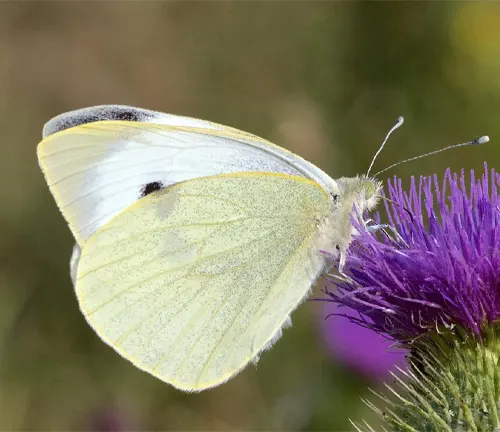
Female butterflies lay eggs on the undersides of host plant leaves, often members of the Brassicaceae family such as cabbage and mustard plants. Upon hatching, larvae undergo several instars, voraciously consuming host plants before pupating and emerging as adult butterflies. While primarily feeding on nectar from flowers, large white butterfly larvae can pose a threat to agricultural crops. Despite facing challenges from predators and human-induced threats, this species plays a vital role in ecosystem dynamics as pollinators and prey. Appreciating the beauty and significance of the large white butterfly highlights the intricate connections between species and ecosystems, underscoring the importance of conservation efforts to protect biodiversity for future generations.
| Specification | Description |
|---|---|
| Scientific Name | Pieris brassicae |
| Wingspan | Up to 2.5 inches |
| Appearance | Pristine white wings with black tips and veining |
| Habitat | Meadows, gardens, agricultural fields, urban areas |
| Distribution | Europe, Asia, Africa, parts of North America |
| Lifecycle | Egg, larva, pupa, adult |
| Host Plants | Brassicaceae family such as cabbage, broccoli, mustard plants |
| Feeding Habits | Nectar from flowers; larvae feed on host plants |
| Predators | Birds, spiders, parasitic wasps |
| Threats | Habitat destruction, pesticide use, climate change |
| Ecological Role | Pollinators, prey for predators |
| Cultural Significance | Symbol of beauty, transformation, soul or spirit in folklore and mythology |
| Economic Impact | Benefits as pollinators; crop damage caused by larvae can be detrimental to agriculture |
| Research Areas | Ecology, genetics, behavior; studies on population dynamics, migration patterns, and climate change effects |
| Adaptability | Versatile in various environments; resilience to changing conditions |
| Conservation Efforts | Habitat preservation, sustainable land management, public awareness campaigns |
Exploring Nature’s Graceful Spectacle
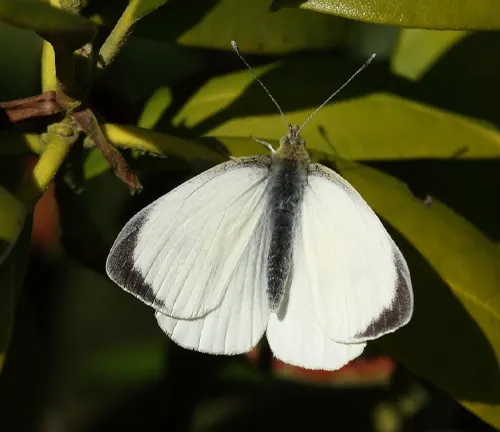
The large white butterfly, scientifically known as Pieris brassicae, is a captivating insect species that commands attention with its ethereal presence. From its delicate wings to its graceful flight, this butterfly captivates both casual observers and dedicated entomologists alike. In this article, we delve into the fascinating world of the large white butterfly, exploring its appearance, habitat, behavior, ecological significance, and more.
Appearance and Characteristics
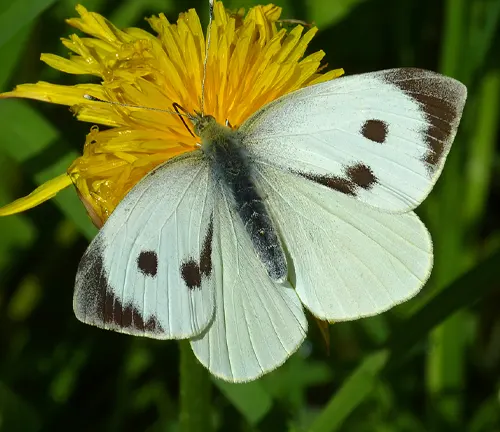

The appearance and characteristics of the Large White Butterfly are distinctive and easily recognizable. This species, scientifically known as Pieris brassicae, showcases a majestic beauty with its pristine white wings adorned with striking black tips and intricate veining. Its wingspan can reach up to 2.5 inches, making it an impressive sight in flight.
One of the notable features of the Large White Butterfly is its sexual dimorphism, where females typically appear larger than males. This size difference is often noticeable when observing multiple individuals of the species. Additionally, both male and female Large White Butterflies exhibit similar wing patterns, with the characteristic black markings contrasting sharply against the white background.
Habitat and Distribution
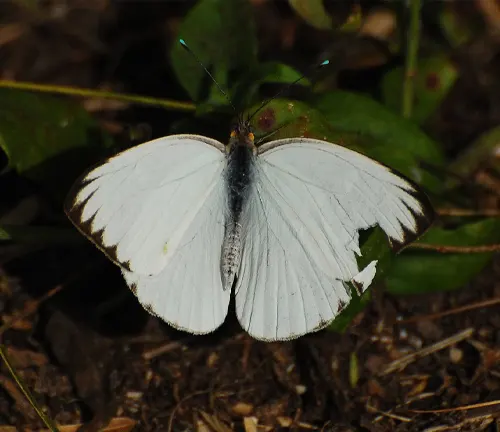

The habitat and distribution of the Large White Butterfly, encompass a wide range of environments across different continents. This versatile species can be found in various habitats, including meadows, gardens, agricultural fields, and even urban areas.
Large White Butterflies exhibit adaptability to diverse ecosystems, thriving in temperate and subtropical regions around the world. Their global distribution extends across continents such as Europe, Asia, Africa, and parts of North America. Within these regions, they inhabit a variety of landscapes, from rural countryside to bustling cityscapes.
Preferred habitats for Large White Butterflies often include areas rich in nectar-producing flowers and suitable host plants for egg laying and larval development. They are commonly sighted in open spaces with ample sunlight and vegetation, where they can feed and reproduce.
Despite their adaptability, Large White Butterflies show a particular affinity for certain host plants, especially members of the Brassicaceae family such as cabbage, broccoli, and mustard plants. These plants serve as crucial resources for egg laying and larval feeding, contributing to the butterfly’s life cycle and population dynamics.
Life Cycle
The life cycle of the Large White Butterfly, consists of four distinct stages: egg, larva, pupa, and adult. Each stage plays a crucial role in the butterfly’s development and contributes to its survival and reproduction.
Egg Stage
The life cycle begins when a female butterfly lays eggs on the undersides of host plant leaves, typically members of the Brassicaceae family such as cabbage, broccoli, and mustard plants. The eggs are small and cylindrical, often laid in clusters. They hatch after a few days, depending on environmental conditions such as temperature and humidity.

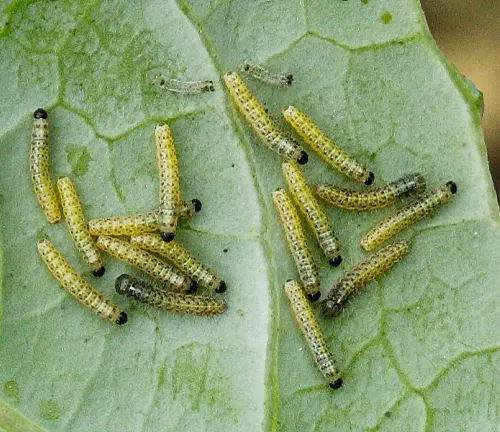
Larval Stage
After hatching, the larvae emerge and begin feeding voraciously on the host plants. Large White Butterfly larvae, commonly known as caterpillars, undergo several instars or molting stages as they grow in size. Their primary diet consists of leaves and other plant parts, which they consume to fuel their rapid growth and development.
Pupal Stage
Once the larvae have completed their feeding phase, they enter the pupal stage, also known as the chrysalis stage. During this transformative period, the caterpillar wraps itself in a protective cocoon or chrysalis, where it undergoes metamorphosis. Inside the chrysalis, the caterpillar’s body undergoes profound changes, eventually emerging as an adult butterfly.

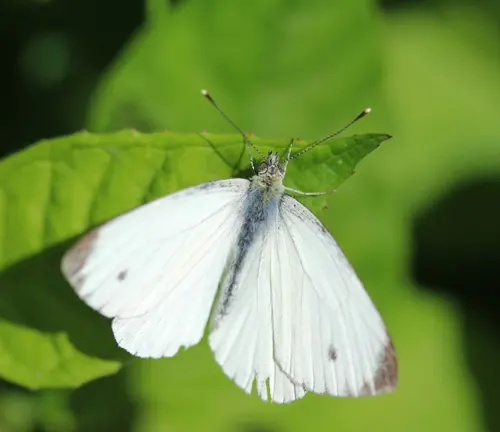
Adult Stage
After a period of time, usually several weeks, the adult butterfly emerges from the pupa, ready to embark on its graceful journey. The newly emerged butterfly’s wings are soft and fragile at first but gradually harden and expand as they pump fluid into their wing veins. Once their wings are fully developed, the adult butterflies take flight, seeking mates and sources of nectar.
Feeding Habits
The feeding habits of the Large White Butterfly, play a crucial role in its life cycle and ecological interactions. As both larvae and adults, Large White Butterflies exhibit specialized feeding behaviors adapted to their respective life stages.
Adult Feeding Habits
Adult Large White Butterflies primarily feed on nectar from a variety of flowering plants. They have a specialized proboscis, a long, tube-like mouthpart, which they use to extract nectar from flowers. By consuming nectar, adult butterflies obtain essential nutrients such as sugars and proteins necessary for energy and reproduction. Large White Butterflies are often observed visiting a wide range of flowers, including those belonging to species such as thistles, daisies, and wildflowers.
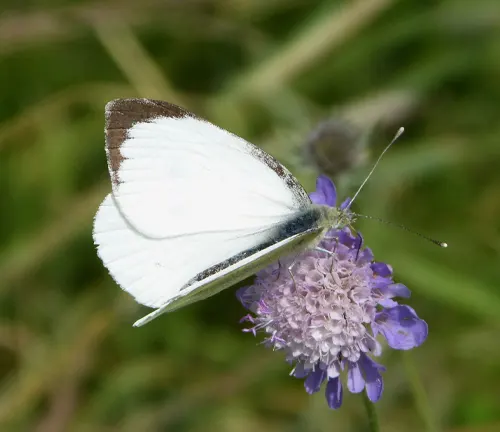
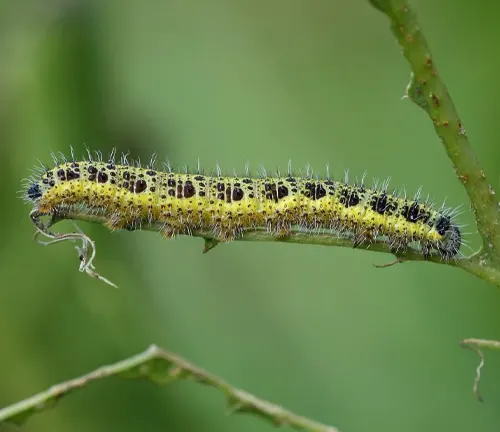
Larval Feeding Habits
During the larval stage, Large White Butterfly caterpillars, or larvae, have voracious appetites and feed exclusively on host plants. These plants primarily belong to the Brassicaceae family, which includes cabbage, broccoli, kale, and mustard plants. Caterpillars use their chewing mouthparts to consume leaves, stems, and other plant parts. Their feeding activity can sometimes lead to significant damage to agricultural crops, making Large White Butterfly larvae a concern for farmers and gardeners.
Host Plants
Large White Butterflies are highly specialized in their choice of host plants for egg laying and larval development. Female butterflies are selective in choosing suitable host plants that provide adequate nutrition and protection for their offspring. Preferred host plants often contain chemical compounds that caterpillars can metabolize, enhancing their growth and survival. However, Large White Butterfly larvae can also adapt to feed on alternative host plants if their preferred choices are scarce.
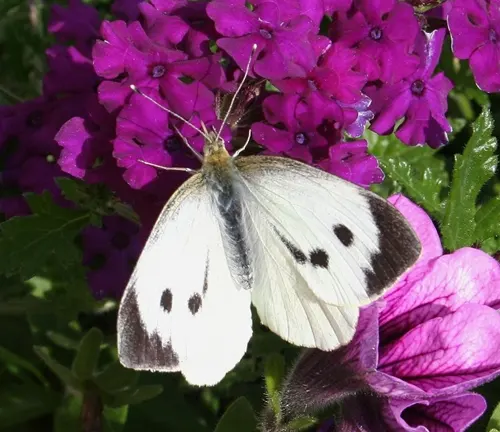
Predators and Threats
Predators and threats pose significant challenges to the survival of the Large White Butterfly, Pieris brassicae, throughout its life cycle. As with many butterfly species, Large White Butterflies face predation from a variety of natural enemies, as well as human-induced threats that impact their populations and habitats.
Natural Predators
Large White Butterflies are vulnerable to predation by a range of natural enemies, including birds, spiders, and parasitic wasps. Birds such as sparrows, finches, and swallows are known to prey on adult butterflies, capturing them in flight or when they are resting on vegetation. Spiders often ambush unsuspecting butterflies in their webs, while parasitic wasps lay their eggs on butterfly larvae, which hatch and consume the caterpillars from within.
Human-Induced Threats
Human activities pose significant threats to Large White Butterfly populations and their habitats. Habitat destruction and fragmentation, resulting from urbanization, agricultural expansion, and land development, reduce the availability of suitable habitats and disrupt butterfly populations. Pesticide use in agriculture and gardening can also have detrimental effects on Large White Butterflies, directly impacting their survival and reproductive success by reducing food availability and causing toxicity.

Climate Change
Climate change presents additional challenges for Large White Butterflies, affecting their distribution, phenology, and interactions with host plants and natural enemies. Changes in temperature and precipitation patterns can alter the timing of butterfly emergence and plant flowering, leading to mismatches in phenological synchrony. Extreme weather events, such as heatwaves and storms, can also directly impact butterfly populations and habitats.
Invasive Species
The introduction of invasive plant species can disrupt native plant communities and alter butterfly habitat suitability. Invasive plants may outcompete native host plants, reducing food availability for butterfly larvae and impacting butterfly populations. Additionally, invasive predators, such as ants and predatory insects, can prey on butterfly eggs, larvae, and pupae, further exacerbating population declines.

Ecological Importance
The Large White Butterfly, holds significant ecological importance within its ecosystem. As a pollinator and prey species, it plays a vital role in maintaining the balance and functioning of natural communities.
Pollination
Large White Butterflies are effective pollinators, transferring pollen from one flower to another as they feed on nectar. This pollination service is essential for the reproduction of flowering plants, including many wildflowers and agricultural crops. By visiting a wide variety of flowers, Large White Butterflies facilitate plant reproduction, contributing to the diversity and abundance of plant species in their habitats.
Plant-Herbivore Interactions
Large White Butterfly larvae, or caterpillars, serve as herbivores, feeding on the leaves and stems of host plants. While their feeding behavior may cause damage to individual plants, it also influences plant population dynamics and community structure. Through selective feeding, Large White Butterfly larvae can impact the abundance and distribution of host plant species, shaping plant communities and ecosystem composition.
Prey for Predators
Large White Butterflies serve as prey for a variety of predators, including birds, spiders, and parasitic wasps. Their presence in the food web provides a valuable source of energy and nutrients for higher trophic levels. Predators that consume Large White Butterflies play important roles in regulating butterfly populations and maintaining ecosystem stability.
Indicator Species
As sensitive organisms, Large White Butterflies can serve as indicators of environmental health and habitat quality. Changes in butterfly populations and distributions may reflect broader ecological changes, such as habitat loss, climate change, and pollution. Monitoring Large White Butterfly populations can provide valuable insights into the status of biodiversity and ecosystem integrity, guiding conservation efforts and management decisions.
Cultural Significance
Throughout history, butterflies have held symbolic significance in various cultures, representing transformation, beauty, and the ephemeral nature of life. In folklore and mythology, they often symbolize the soul or spirit, transcending cultural boundaries. The large white butterfly, with its majestic presence, continues to inspire awe and admiration in human societies worldwide.
Conservation Efforts
Efforts to conserve the large white butterfly encompass habitat preservation, sustainable land management practices, and public awareness campaigns. Conservation organizations collaborate with researchers, policymakers, and local communities to implement effective strategies for protecting this species and its habitats. Despite these efforts, ongoing vigilance and commitment are necessary to address emerging threats and safeguard its future.
Economic Impact
The economic impact of large white butterflies extends beyond their ecological contributions, influencing sectors such as agriculture, tourism, and horticulture. While their role as pollinators benefits crop yields and ecosystem services, crop damage caused by larvae poses challenges for farmers. Understanding the economic implications of large white butterfly populations informs sustainable management practices and policy decisions.
Different Species
Pieris rapae
(Small White Butterfly)
Often confused with the Large White Butterfly, Pieris rapae is slightly smaller in size with wingspan ranging from 1.6 to 2.1 inches. It has similar white wings with black tips and veins but may exhibit slight variations in markings.
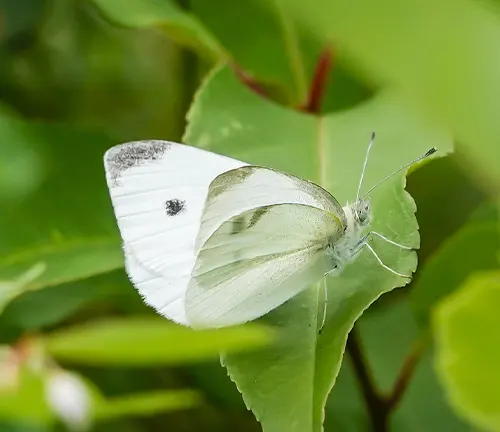
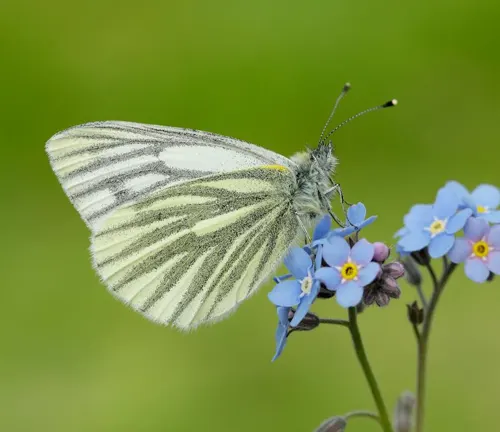
Pieris napi
(Green-veined White Butterfly)
This species also resembles the Large White Butterfly but has distinctive green veins running through its wings, giving it a unique appearance. It is commonly found in Europe and parts of Asia.
Pieris canidia
(Indian Cabbage White)
Found in South and Southeast Asia, Pieris canidia shares similarities with the Large White Butterfly but may have variations in wing patterns and coloration.
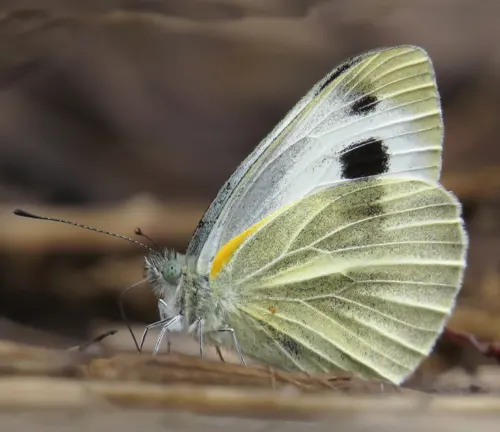
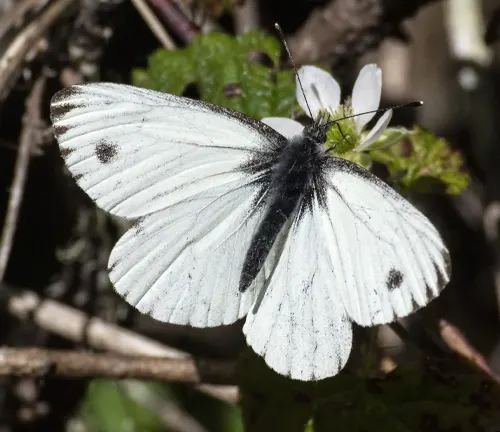
Pieris marginalis
(Margined White Butterfly)
Native to North America, Pieris marginalis features white wings with dark margins, distinguishing it from other “white butterfly” species.
Pieris brassicae
(Large Cabbage White Butterfly)
This species closely resembles Pieris brassicae but is native to North America, where it is known as the Large Cabbage White Butterfly.

Frequently Asked Questions (FAQs)
- What is the Large White Butterfly?
This question seeks a basic understanding of the species, including its scientific name, appearance, and ecological significance. - Where can Large White Butterflies be found?
This FAQ addresses the geographic distribution and habitat preferences of the species, including regions where they are commonly sighted and their preferred habitats. - What do Large White Butterflies eat?
This question focuses on the feeding habits of the species, including their dietary preferences as adults and the host plants used by their larvae. - What are the threats to Large White Butterflies?
Here, individuals inquire about the various factors that pose risks to the species, such as habitat loss, pesticide use, climate change, and predation. - How long do Large White Butterflies live?
This question pertains to the lifespan of the species, including the duration of each life stage (egg, larva, pupa, adult) and factors that may influence longevity. - Do Large White Butterflies migrate?
This FAQ explores the migratory behavior of the species, including seasonal movements, migration patterns, and the extent of migration across different regions. - Are Large White Butterflies harmful to crops?
Individuals may ask about the potential agricultural impacts of the species, particularly concerning larval feeding habits and crop damage. - How can I attract Large White Butterflies to my garden?
This question focuses on creating butterfly-friendly environments, including suitable plant species and gardening practices that attract and support Large White Butterflies. - What is being done to conserve Large White Butterflies?
Here, people seek information about conservation efforts and initiatives aimed at protecting the species and its habitats. - Are Large White Butterflies poisonous or harmful to humans?
This question addresses concerns about the toxicity or potential harm posed by Large White Butterflies to humans, particularly in terms of contact or ingestion.



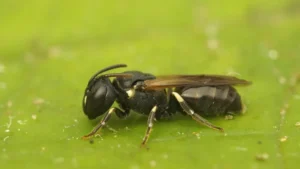
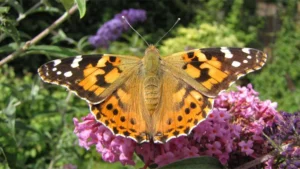
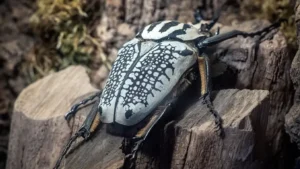

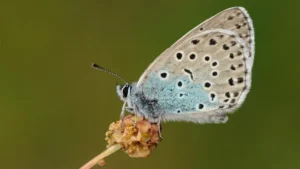
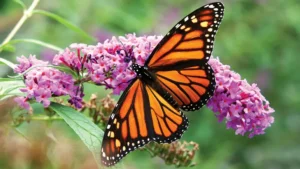


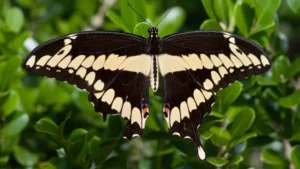
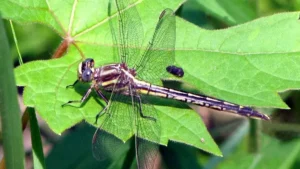

Leave your comment